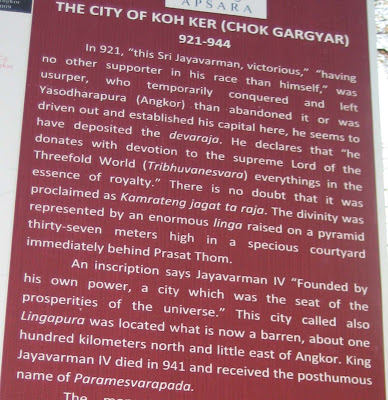Another cold spell fell on Delhi over the weekend; a light mist swirled in and threatened to settle, shrouding the winter sun. A breeze began and I shivered right through the early morning walk in the park. My father and I valiantly spent Sunday driving outside Delhi to open and clean up an old, ancestral house and, on finishing, completed all the shopping and miscellaneous chores that had been pending.
Full of the satisfied, pragmatic feeling that comes when we have ticked things off our 'to do' list, we sat down to treat ourselves to a film at home. We watched Sabrina - and as always, fell under the spell of Audrey Hepburn (and my father enjoyed William Holden's performance but I was drawn, as I always am, to Humphrey Bogart and his taciturn ways). It's miraculous how an endearing film changes everything around you. We were no longer sitting, worn out, at home, watching an old black and white moving picture. We were transported to a world of love, life, sparkling women, romantic Parisians, determined American tycoons - one of elegance, subtlety, humour and warmth. And as we sighed in satisfaction over the end, we remained enveloped in that little pink cloud that stays with you for a while after the film is over.
After this began a mouse hunt (for a tiny rodent had slipped in while we were gazing raptly at the television screen) followed by a short walk in the cold night air. But everything seemed different; the mist softened the horizon and the orange street lights were muted to a gentle glow. Trees took on dramatic shapes and I realized that the rose buds in the garden were beginning to unfold. Sabrina's special song - La vie en rose played on silently but surely in my mind - and it really became a magical night. I believe I will always think of Sabrina when I hear this song.
Full of the satisfied, pragmatic feeling that comes when we have ticked things off our 'to do' list, we sat down to treat ourselves to a film at home. We watched Sabrina - and as always, fell under the spell of Audrey Hepburn (and my father enjoyed William Holden's performance but I was drawn, as I always am, to Humphrey Bogart and his taciturn ways). It's miraculous how an endearing film changes everything around you. We were no longer sitting, worn out, at home, watching an old black and white moving picture. We were transported to a world of love, life, sparkling women, romantic Parisians, determined American tycoons - one of elegance, subtlety, humour and warmth. And as we sighed in satisfaction over the end, we remained enveloped in that little pink cloud that stays with you for a while after the film is over.
After this began a mouse hunt (for a tiny rodent had slipped in while we were gazing raptly at the television screen) followed by a short walk in the cold night air. But everything seemed different; the mist softened the horizon and the orange street lights were muted to a gentle glow. Trees took on dramatic shapes and I realized that the rose buds in the garden were beginning to unfold. Sabrina's special song - La vie en rose played on silently but surely in my mind - and it really became a magical night. I believe I will always think of Sabrina when I hear this song.
